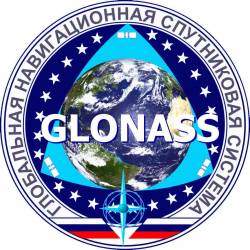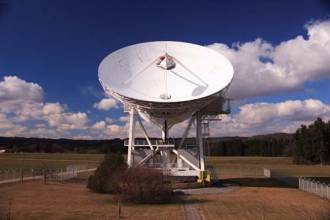Trimble Snares USCG DGPS Contract; NDGPS Imperiled
Even as the fate of the inland portions of the Nationwide Differential GPS (NDGPS) reference network hangs in the balance, the U.S. Coast Guard (USCG) has awarded a contract to Trimble for up to 400 high-accuracy GPS reference receivers.
The Trimble NetRS reference receivers will be installed over the next three years as part of the coast guard’s modernization of the Maritime DGPS Service, which is not part of the NDGPS elements that being considered for termination.
By Glen Gibbons



